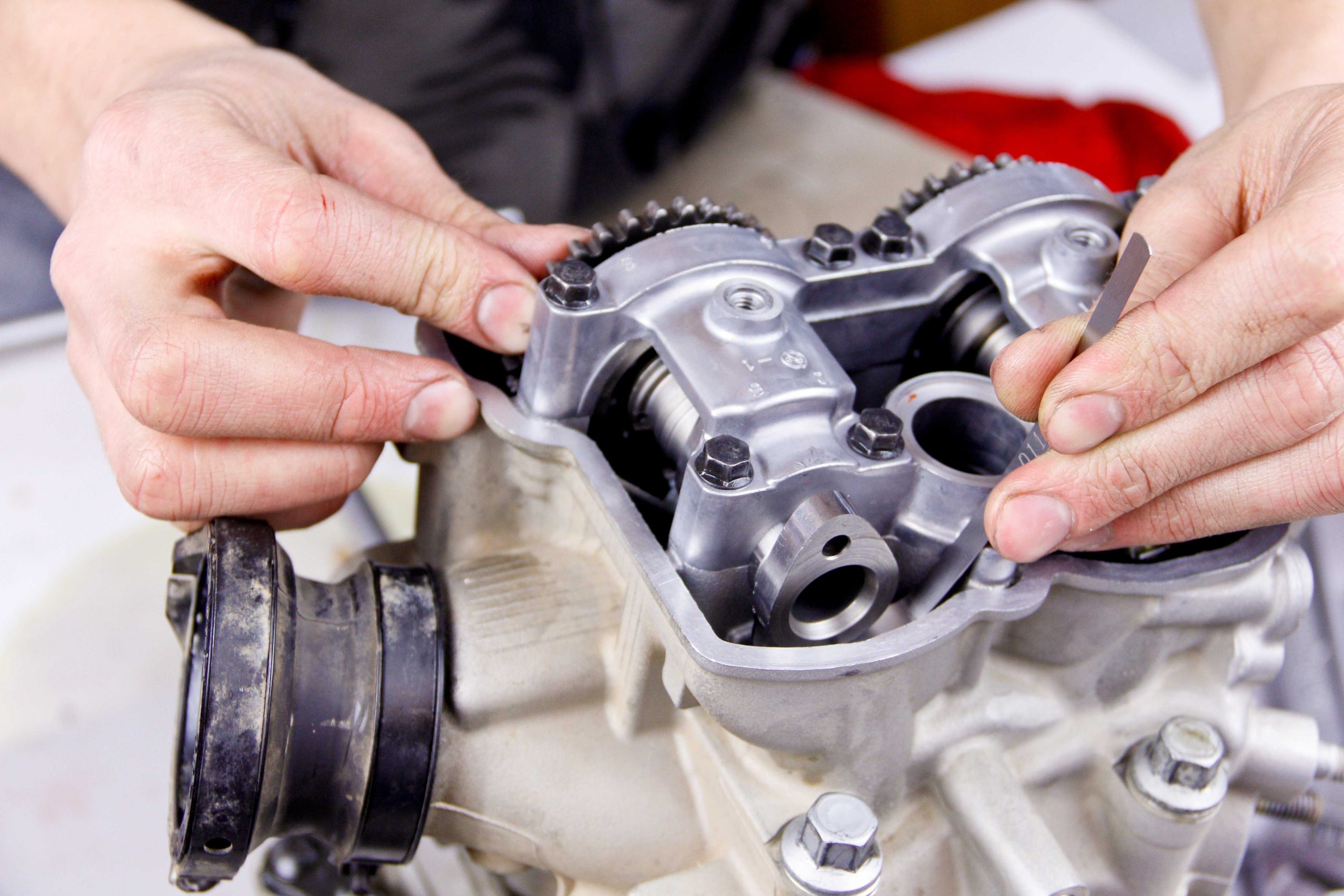Are you an avid car lover who likes to maintain your vehicle in top-notch condition? If so, then you must have heard about the valve clearance tool. This tool is a must-have for any car enthusiast who wants to keep their engine running smoothly. In this article, we will discuss everything you need to know about the valve clearance tool, its uses, importance, and how to use it effectively.
What is a Valve Clearance Tool?
A valve clearance tool is a specialized instrument used by mechanics and automobile enthusiasts to check and adjust the gap between the rocker arm and valve stem. The valve clearance measurement is critical in ensuring that the engine runs smoothly and efficiently.
The valve clearance can be measured using feeler gauges or a specialized valve clearance tool. The latter is preferred as it provides accurate measurements and makes the process simpler.
Why is Valve Clearance Important?
The valve clearance affects the engine’s performance significantly. If the clearance is too large, it can result in decreased power output, poor fuel economy, and increased emissions. On the other hand, if the gap is too small, it can lead to increased wear on the valve train components and even engine damage.
It is crucial to maintain proper valve clearance as part of regular maintenance checks for optimal engine performance. A good rule of thumb is to check the valves’ clearances every 20,000 miles or according to your manufacturer’s guidelines.
Types of Valve Clearance Tools
There are two types of valve clearance tools available in the market: manual and digital. Manual tools are simple mechanical instruments that provide accurate readings when used correctly. Digital tools come with electronic sensors that give more precise measurements with less effort.
Manual Valve Clearance Tool:
Manual valve clearance tools come in different shapes and sizes but generally consist of a handlebar with a gauge attached at one end. The gauge has different thicknesses marked on it, which helps you identify the clearance between the valve stem and rocker arm.
Using a manual valve clearance tool involves inserting the gauge between the rocker arm and valve stem and adjusting until there is no resistance from the gauge. This gap is then measured to determine if it falls within the manufacturer’s recommended range.
Digital Valve Clearance Tool:
Digital valve clearance tools are more advanced than their manual counterparts and come with electronic sensors that provide clear readings of valve clearance. They offer greater precision and speed in comparison to manual tools.
To use a digital valve clearance tool, you need to attach it to the engine’s cylinder head and press a button to activate it. The tool will then measure the distance between the rocker arm and valve stem and display it on a screen.
How to Use a Valve Clearance Tool?
Using a valve clearance tool requires some technical know-how, but with practice, you can master the process. Here are the steps involved in using a valve clearance tool:
Step 1: Locate the Rocker Arm
The first step is to locate the rocker arm on your engine. It is usually located near the top of the cylinder head and looks like a lever that connects to the pushrod.
Step 2: Remove Valve Cover
Next, remove the valve cover so that you get access to the rocker arm and valve stem. You may need to use a socket wrench or screwdriver depending on your engine type.
Step 3: Rotate Engine
Rotate your engine by turning its crankshaft. You can either use an electric starter or manually turn it using a crank handle or ratchet wrench.
Step 4: Insert Valve Clearance Tool
Insert your valve clearance tool between the rocker arm and valve stem. If using a manual tool, adjust it until you feel no resistance when inserting it between them. If using a digital tool, activate it and wait for measurements to display on-screen.
Step 5: Record Measurement
Record your measurement and compare it to the recommended clearance listed in your engine’s manual. If the clearance falls within the recommended range, then you’re good to go. Otherwise, you’ll need to make some adjustments.
Step 6: Adjust Valve Clearance
To adjust valve clearance, you’ll need to loosen the locknut on the rocker arm and turn the adjusting screw until you reach the desired clearance. Tighten the locknut back into place once done.
Conclusion
A valve clearance tool is an essential instrument for any car enthusiast who wants to keep their engine running smoothly. It helps you check and adjust the gap between your engine’s rocker arm and valve stem, ensuring optimal performance.
There are two types of valve clearance tools available: manual and digital. Both have their advantages, but digital tools offer greater precision and speed.
Using a valve clearance tool requires some technical know-how, but with practice, you can master the process. Remember always to refer to your engine’s manual before making any adjustments.
Valve clearance is critical in maintaining optimal engine performance. Make sure to check it regularly as part of your maintenance routine. Invest in a quality valve clearance tool today and keep your engine running like new!
Wiki Reference:
https://en.wikipedia.org/wiki/Valve_clearance




